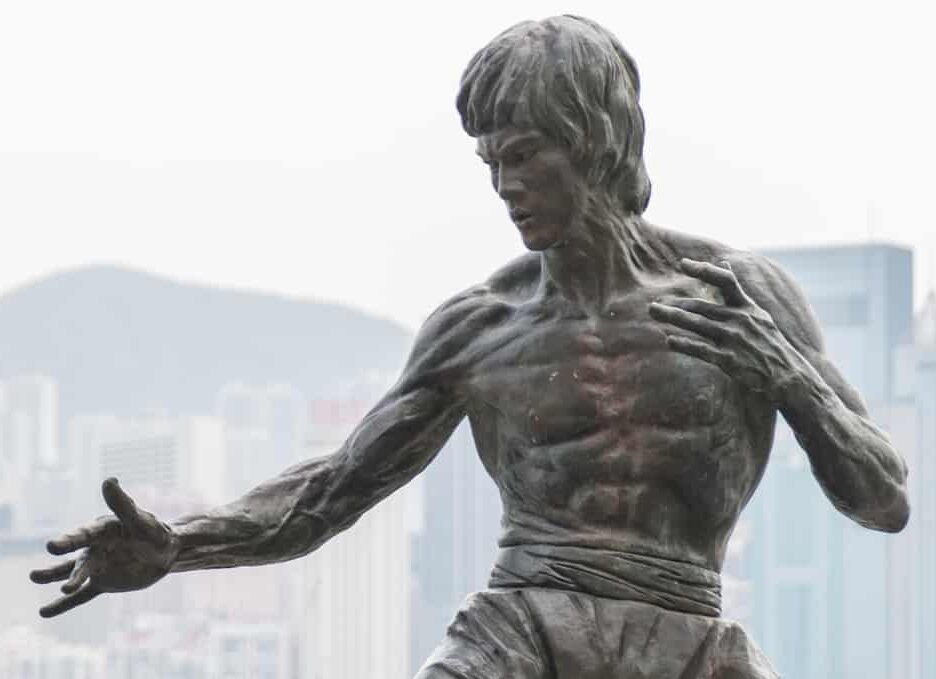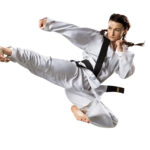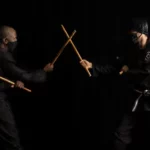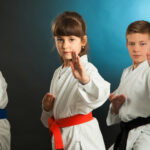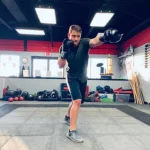Comprising of “armed as well as unarmed” combat techniques is a South Asian martial art form known as Sqay. This “hybrid” martial art form is said to have originated from the state of Jammu and Kashmir located in India. Furthermore, Sqay as a combat form comprises of sparring, breaking, and preset routines. In addition, the sword (also known as tora or tura) used in this combat form is made up of synthetic fiber, and is used along with a shield (known locally as bargula) which is about 9-19 inches in diameter.
a. History/origin of the Sqay:
According to popular folklore, this combat form called “Sqay” was created by the snaking worshipping Naga people much before the invasions of the Indo-Aryans. Furthermore, the first written evidence related to the existence of this martial art form in the country was found during the Mughal period, when a few scriptures written in the Persian language mentioning the use of sabre fighting (locally known as shamsherizen) in the state of Jammu and Kashmir was discovered. In fact, the term “Sqay” was also coined during this period, which when translated literally means “knowledge of war”. However, it was during the colonial rule of the British that the popularity of this combat form (like several others) waned drastically. In addition, post independence especially during the 1980’s that the popularity within the state declined even further with a Sqay grandmaster Nazir Ahmed Mir even lamenting that this martial art form could possibly become extinct in the future.
b. Weapon used in the Sqay:
In terms of the “unarmed” version of the Sqay the weapon mainly used is the “hands and feet” of the fighter. While in the “armed” version the weapon mainly used include a curved single edged sword along with a shield or two swords one held in each hand.
c. Technique involved in the Sqay and training availability:
In terms of technique, this combat form basically comprises of “armed” and “unarmed” versions. So in the “unarmed” version a fighter uses techniques such as punches, kicks, locks, and chops to overcome an opponent. On the other hand, in case of the “armed” version a curved single edge sword along with a shield or two swords held in each hand is used by the fighter. As for training centers/schools, there are a few available especially in India for those interested in learning this “hybrid” combat form.
image credit ')}
